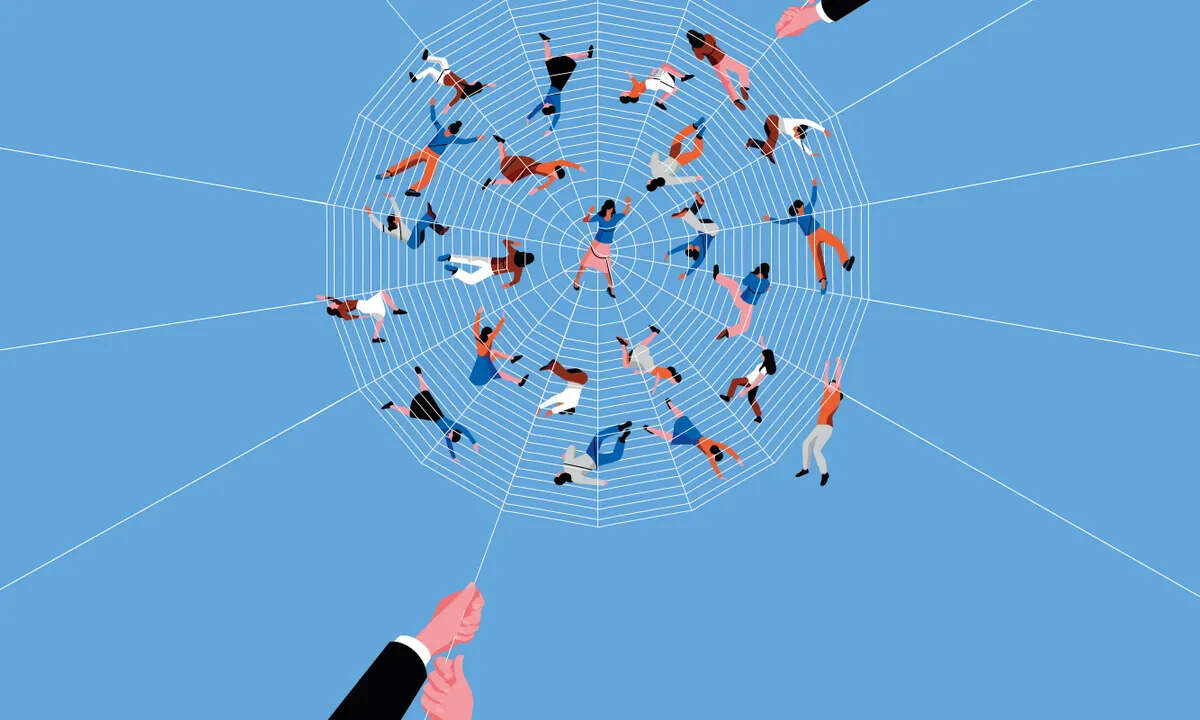Facts About Patriarchy And The Status Of Women In The Society
Understanding Patriarchy: Power Dynamics and Social Structures

Patriarchy, a social system where men primarily hold power and dominate political leadership, moral authority, privilege, and property control, extends its influence over family structures, establishing men as figures of authority. Often linked with patrilineal societies, where male lineage inherits property and titles, patriarchy has historically shaped various cultures' social, legal, political, and economic organizations. Its analysis and impacts constitute a significant topic within the social sciences and humanities.
Today, the term "patriarchy" is widely recognized and carries everyday resonance in casual conversations, not only in English but also in several languages spoken across the Indian subcontinent. At its core, patriarchy signifies the absolute rule of the father or eldest male member over his family.
The Patriarchal Nature of Indian Society
Debates on socialism and patriarchy in India are complex, intertwining with analyses of capitalism and specific Indian realities. Indian feminist discourse expanded beyond capitalism to examine the modes of production and reproduction, especially within the family and household, kinship and caste structures, cultural and religious contexts, and state policies. This holistic approach addressed feminist concerns within broader socio-economic frameworks.
Indian feminists connected economic power dynamics with the organization of families and households, highlighting how male dominance in production correlated with patriarchal structures. The household emerged as a key site for both production and the exercise of patriarchal control.
Women in Indian Society
India's demographics reflect a gender disparity, with the female population often outnumbered by males. The decline in the female child ratio, particularly in states like Punjab, Maharashtra, Gujarat, Himachal Pradesh, and Haryana, points to ongoing challenges. Despite this, Kerala stands out for its favorable sex ratio.
For centuries, women in India have faced systematic deprivation of opportunities due to religious and socio-cultural practices. Patriarchal systems, reinforced by religious traditions and social institutions, have relegated women to subordinate roles, both in the family and society at large.
Exploitation and Vulnerability
Women in India endure various forms of exploitation, including rape, dowry-related violence, and discrimination. Male domination pervades every aspect of their lives, from economic decision-making to control over their bodies. Rural women, in particular, face heightened vulnerabilities due to poverty, violence, and educational deprivation.
Economic exploitation is rampant, with women performing a disproportionate amount of unpaid and underpaid work, particularly in agriculture. Educational disparities persist, although efforts have been made to improve female literacy rates through initiatives like "Beti Bachao, Beti Padhao."

Initiatives and Challenges
While initiatives have been undertaken to improve women's status, such as setting up the National Commission for Women and implementing various programs for education, health, and employment, challenges remain. Despite progress since independence, achieving gender equality in India requires sustained efforts and systemic changes.
The review of women's status in India reveals a decline from the relatively high status they held in Vedic times. Socio-economic and cultural factors have contributed to this decline, necessitating ongoing efforts to uplift women and achieve gender equality.

